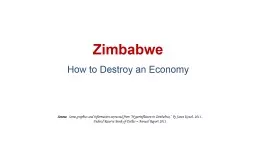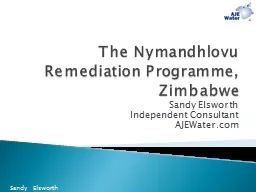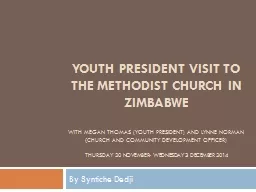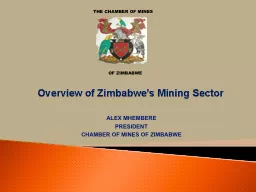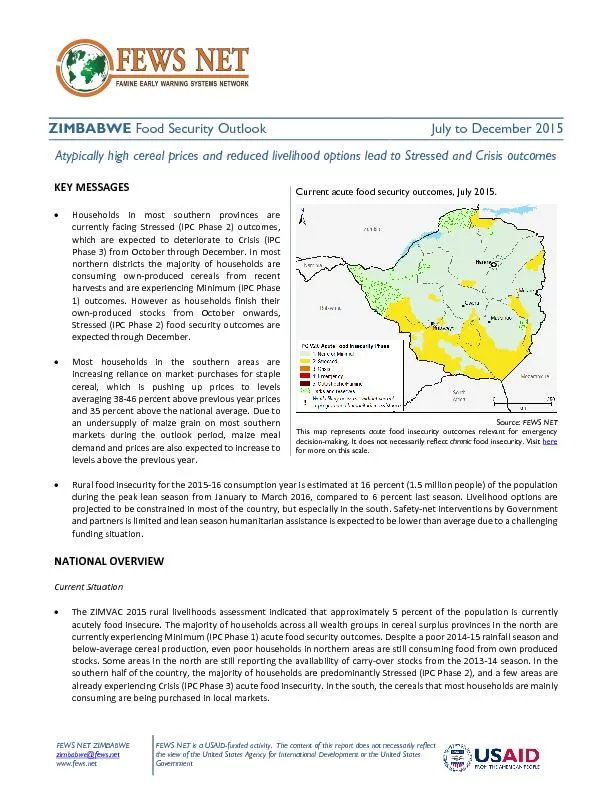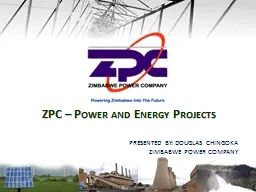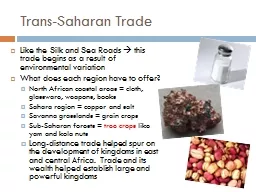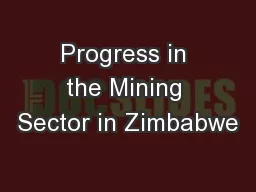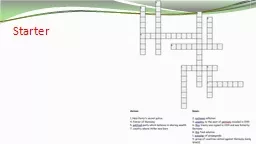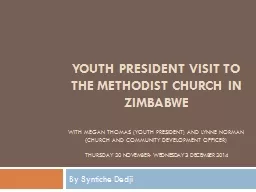PPT-Zimbabwe How to Destroy an Economy
Author : luanne-stotts | Published Date : 2019-06-20
Source Some graphics and information extracted from Hyperinflation in Zimbabwe by Janet Koech 2011 Federal Reserve Bank of Dallas Annual Report 2011 The historic
Presentation Embed Code
Download Presentation
Download Presentation The PPT/PDF document "Zimbabwe How to Destroy an Economy" is the property of its rightful owner. Permission is granted to download and print the materials on this website for personal, non-commercial use only, and to display it on your personal computer provided you do not modify the materials and that you retain all copyright notices contained in the materials. By downloading content from our website, you accept the terms of this agreement.
Zimbabwe How to Destroy an Economy: Transcript
Download Rules Of Document
"Zimbabwe How to Destroy an Economy"The content belongs to its owner. You may download and print it for personal use, without modification, and keep all copyright notices. By downloading, you agree to these terms.
Related Documents

